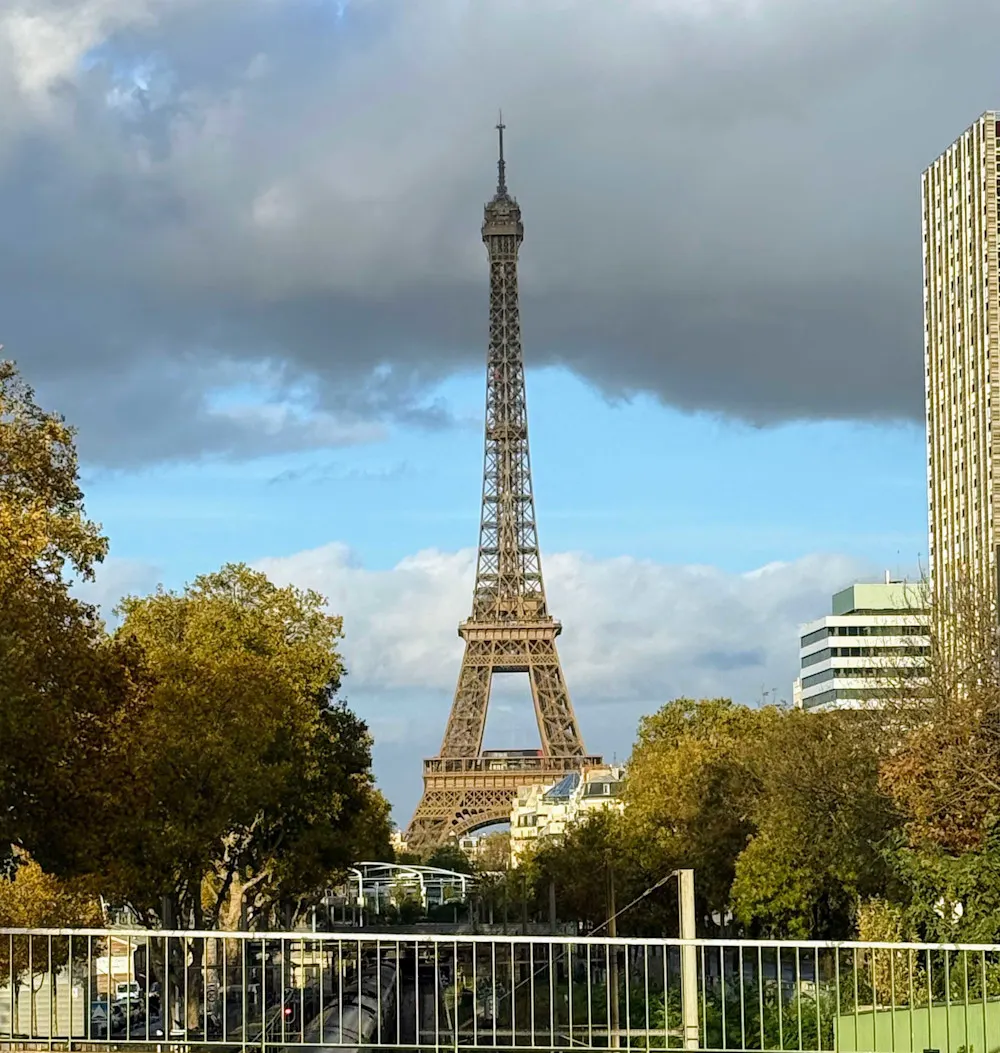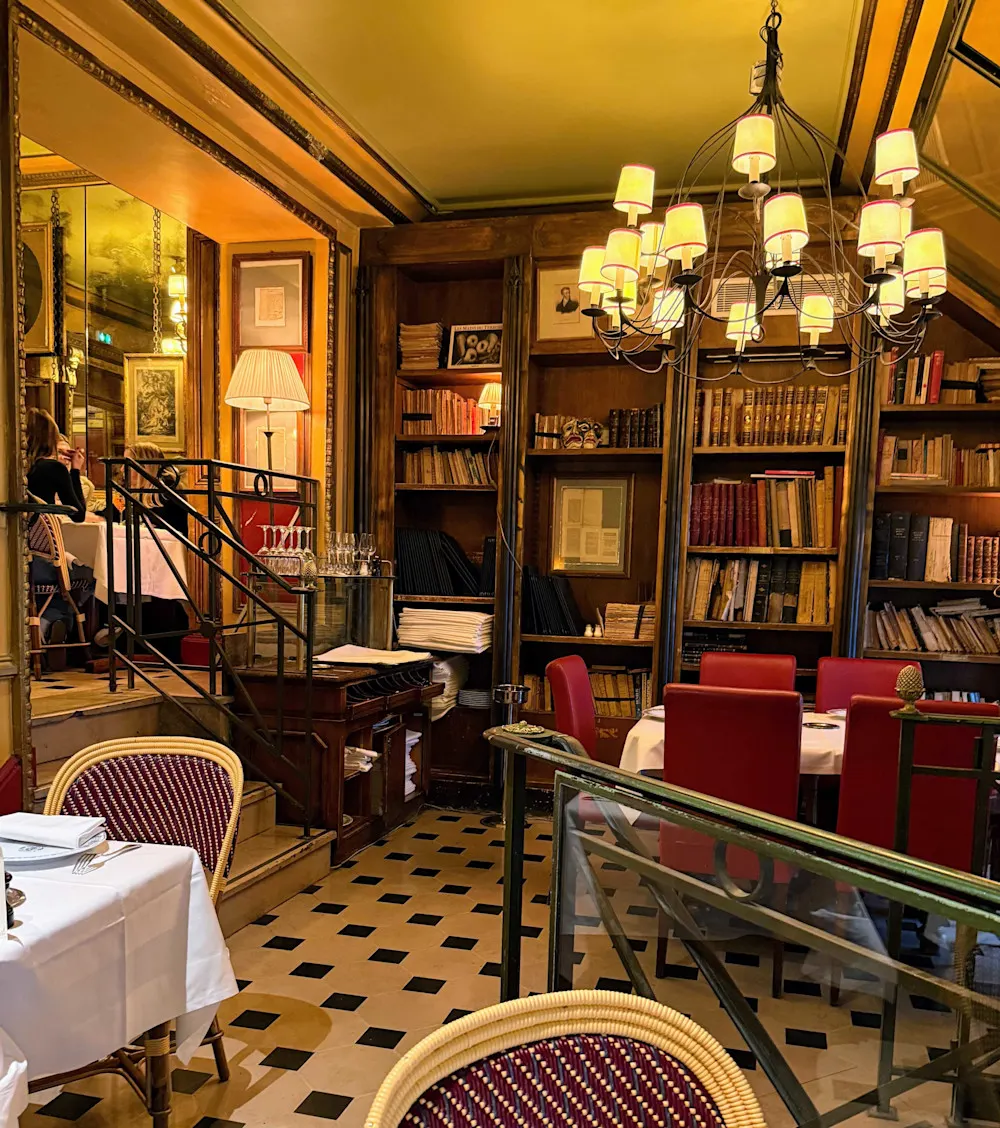Paris is one of the most visited cities in the world, famous for its iconic museums and monuments, serene parks and gardens, and surprises around every corner—medieval Gothic churches, Art Nouveau subway stations, and timeless cobblestone lanes. It’s easy to imagine that you’re in another era as you stroll along the busy sidewalks, passing by countless bistros, and shops displaying antique watches, stylish berets, exotic marionettes, and hand-crafted treasures of every variety…
The City of Light offers urban living at its best, but it’s not known for being easy on the wallet. The secret to living well in Paris on a modest budget doesn’t mean staying in cheap hostels or subsisting on baguettes and water, though. It’s not impossible to live within your means, if you know how.
Get Your Free France Report Here
Get Your Free France Report Here
Learn more about France and other countries in our daily postcard e-letter. Simply enter your email address below and we’ll send you a FREE REPORT: A Taste of France: All the Ingredients for the Good Life.

By submitting your email address, you will receive a free subscription to IL Postcards, The Untourist Daily and special offers from International Living and our affiliates. You can unsubscribe at any time, and we encourage you to read more about our Privacy Policy.
Having local contacts is almost a necessity when you first consider moving to Paris. You can find many get-togethers for English speakers on the various Facebook groups and on the Meetup app. Participating in walking tours, language exchanges, or social gatherings connects you with like-minded expats and Parisians.
Facebook groups are especially useful for finding housing as long as you exercise due diligence. It’s best to search once you’re in Paris, so that you can inspect the place and meet your landlord. Renting directly from the owner often costs less than going through an agent, and you’ll avoid commissions charged by platforms like Airbnb, though these can be useful for your first few days in the city. Having a long-term visa and committing to a yearly lease will give you the best options, but many owners are willing to rent for just a few weeks or months if you’re a reliable tenant.
Apartments in Paris can be surprisingly small. Studio apartments around 150 square feet in the city center start at about $500 per month, and renting a bedroom in a shared apartment can be even cheaper. My 230-square-foot furnished studio costs $930 per month, including all utilities. It’s centrally located near shopping and the subway, with a view of the Eiffel Tower just around the corner.

It's nearly impossible for me to walk past the inviting smell of a boulangerie (bakery) without stopping in to savor a freshly baked croissant. They cost less than $1.50 throughout Paris; a croissant, a bowl of fruit, and a hot drink are typical and affordable French breakfasts. Boulangeries also sell tasty baguettes for around $1.20, and filling sandwiches, which usually cost less than $7. Many boulangeries offer outdoor seating, and food is always available for take-out. Plan to spend around $20 per person for a dinner out, excluding wine or other beverages. A glass of drinking water (carafe d’eau) is free throughout Paris, though bottled water can cost several dollars. Paris does not have a tipping culture; it’s acceptable to not leave a tip, or leave a small tip if the service is outstanding.
The major supermarkets, including Monoprix, Franprix, and Aldi, have fresh and frozen prepared meals. I’ll often go to Aldi, which usually has the lowest prices that I’ve found in Paris.
Many Parisians will buy their meat at a boucherie (butcher), their fish at a poissonerie, flowers at a fleuriste, and a host of other specialty shops. I’ve found that these places have great products, but they tend to be pricier than the big chains. However, you can often get good deals by shopping at the local open-air markets, especially for produce and cheese.
I don’t cook, so my monthly expenses for food average about $500, which includes breakfast at a boulangerie every day, eating dinner out twice a week, and buying ready-to-eat meals on other days. Cooking some meals from scratch would lower the cost.
The Red Cross, BAAM, and some city halls offer free French lessons; sign up online or at one of their offices. Facebook expat groups always have postings for free language exchanges, too.
Many of Paris’s best museums are free, and on the first Sunday of the month, nearly all museums allow for free entry—a big savings from the full price. Parks and botanical gardens are also free.
Paris has an extensive subway, bus, and tram system, as well as inexpensive bicycle rentals. The best way to take advantage of the public transportation network is to buy a Navigo pass, available at most subway stations in the city. The longer validity of the pass you purchase, the better the value. Passes that are valid throughout the metro area allow for unlimited travel on every subway, tram, and bus in the RATP (rapid transit) system. A weekly card, which is valid from Monday through Sunday, costs $37, while a monthly card costs $103. Seniors who are at least 62 years old are entitled to receive a 50% discount on annual passes—a savings of over $600. Travel to many small towns and villages outside of the Paris metropolitan area are included with the Navigo pass, so exploring the outlying areas is fun and affordable.
Prices for prepaid cell phone plans vary greatly from one provider to another. I signed up with Free Mobile, which offers 35 gigabytes per month for less than $10.
Paris is famous for its high fashion, but affordable clothing options are easy to find. I’ve enjoyed replenishing my wardrobe at C&A, a department store chain that carries an excellent assortment of well-made clothing and accessories at affordable prices. Zara and H&M are similar stores; you’ll find at least one of them at every major shopping mall in the city. Deep discount stores like Gifi and Troifoirien are also useful for household goods, clothing, and liquidation sales. Friperies are second-hand shops where deeply discounted used clothing and accessories are available. You’ll find a cluster of them on Rue de Rivoli.

I plan to divide my time between two countries: France and Vietnam. Both allow tourists to stay for up to three months at a time (90 days in any 180-day period in Europe’s Schengen Zone), so I alternate, spending half the year in Paris and half in Hanoi. Vietnam is so inexpensive that I don’t even have to think about money. I stay in a spacious and modern month-to-month apartment, eating almost every meal out, taking frequent trips outside of the city, and benefiting from low prices for all my healthcare.
Using this method, my annual expenses total about $21,000, including round-trip airfare between Asia and Europe. I pay nearly all my expenses on a credit card that offers generous travel benefits, enabling me to earn at least one free or heavily discounted flight every year. This lifestyle provides a quality of life that once felt like just a dream.
Get Your Free France Report Here
Get Your Free France Report Here
Learn more about France and other countries in our daily postcard e-letter. Simply enter your email address below and we’ll send you a FREE REPORT: A Taste of France: All the Ingredients for the Good Life.

By submitting your email address, you will receive a free subscription to IL Postcards, The Untourist Daily and special offers from International Living and our affiliates. You can unsubscribe at any time, and we encourage you to read more about our Privacy Policy.
